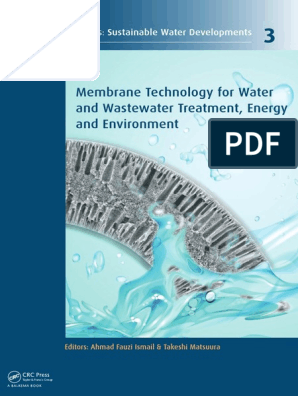0% found this document useful (0 votes)
31 views10 pagesInformation Sheet 3. Green Technology
This document provides information on green technology and its applications. It discusses three main learning objectives: understanding the environmental impact of technology, constructing sustainable buildings, and optimizing energy consumption. It then describes various green technologies used for water treatment, wastewater treatment, air pollution control, and energy conservation. These technologies aim to protect the environment and natural resources while meeting human needs sustainably.
Uploaded by
RAHIB SAMAYATINCopyright
© © All Rights Reserved
We take content rights seriously. If you suspect this is your content, claim it here.
Available Formats
Download as DOCX, PDF, TXT or read online on Scribd
0% found this document useful (0 votes)
31 views10 pagesInformation Sheet 3. Green Technology
This document provides information on green technology and its applications. It discusses three main learning objectives: understanding the environmental impact of technology, constructing sustainable buildings, and optimizing energy consumption. It then describes various green technologies used for water treatment, wastewater treatment, air pollution control, and energy conservation. These technologies aim to protect the environment and natural resources while meeting human needs sustainably.
Uploaded by
RAHIB SAMAYATINCopyright
© © All Rights Reserved
We take content rights seriously. If you suspect this is your content, claim it here.
Available Formats
Download as DOCX, PDF, TXT or read online on Scribd
/ 10




























































































